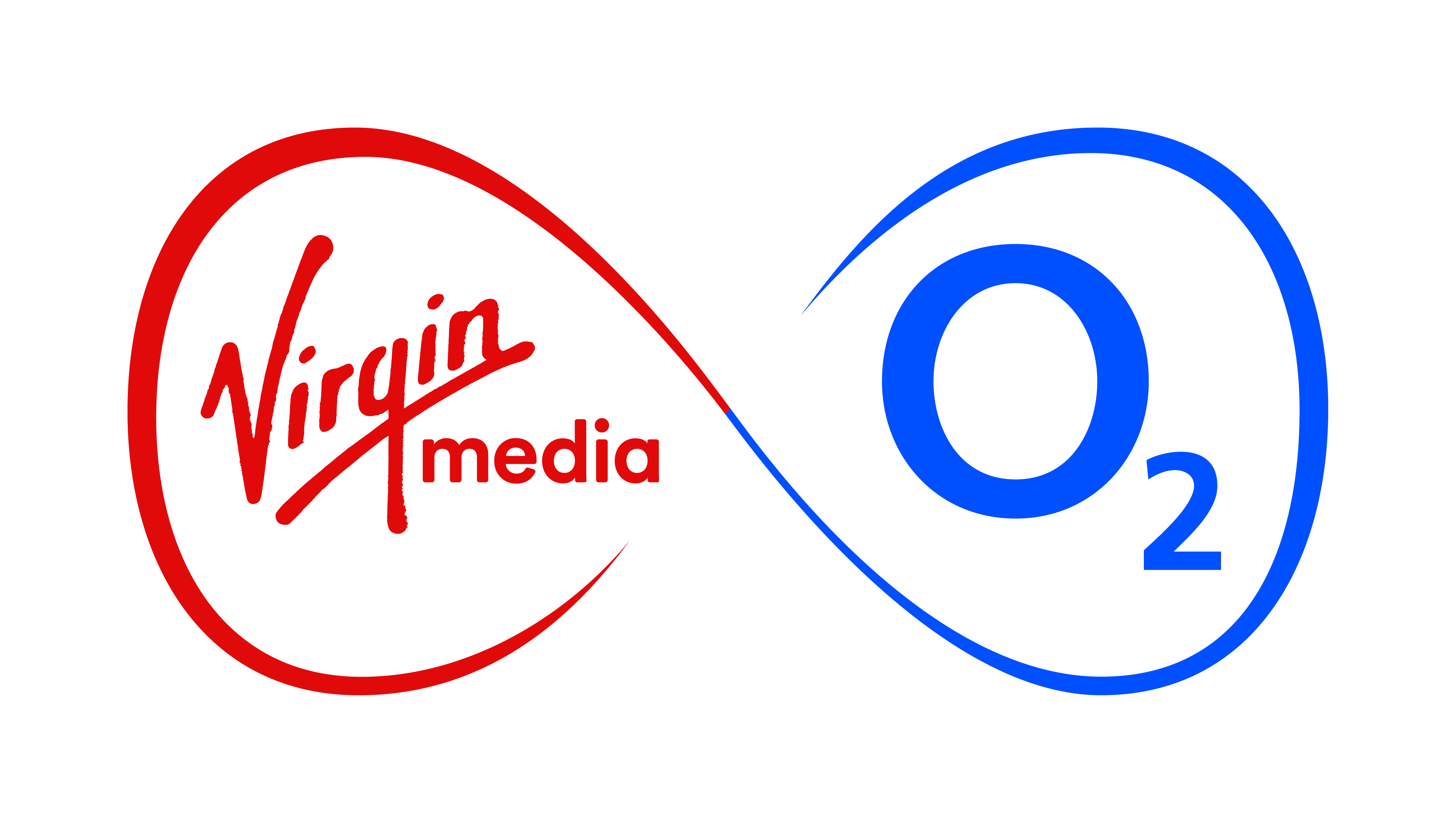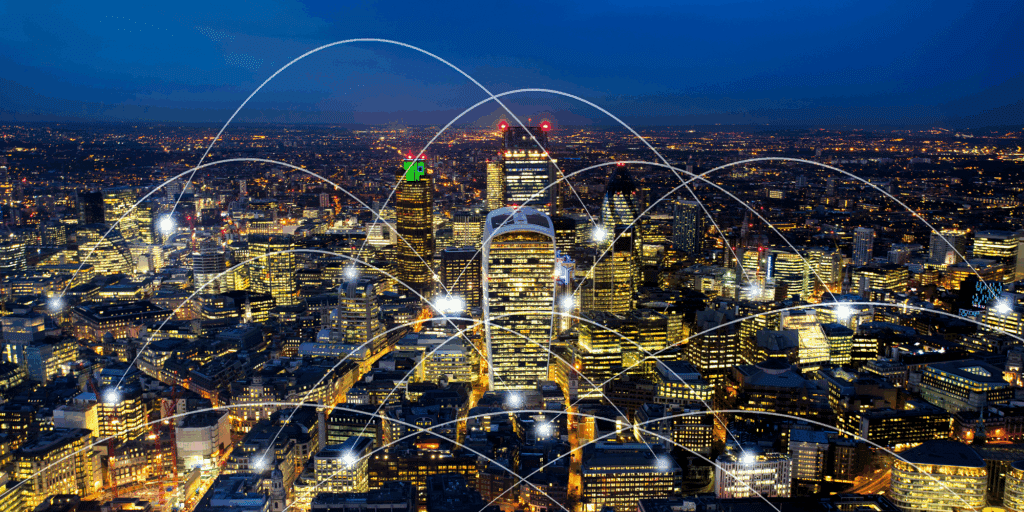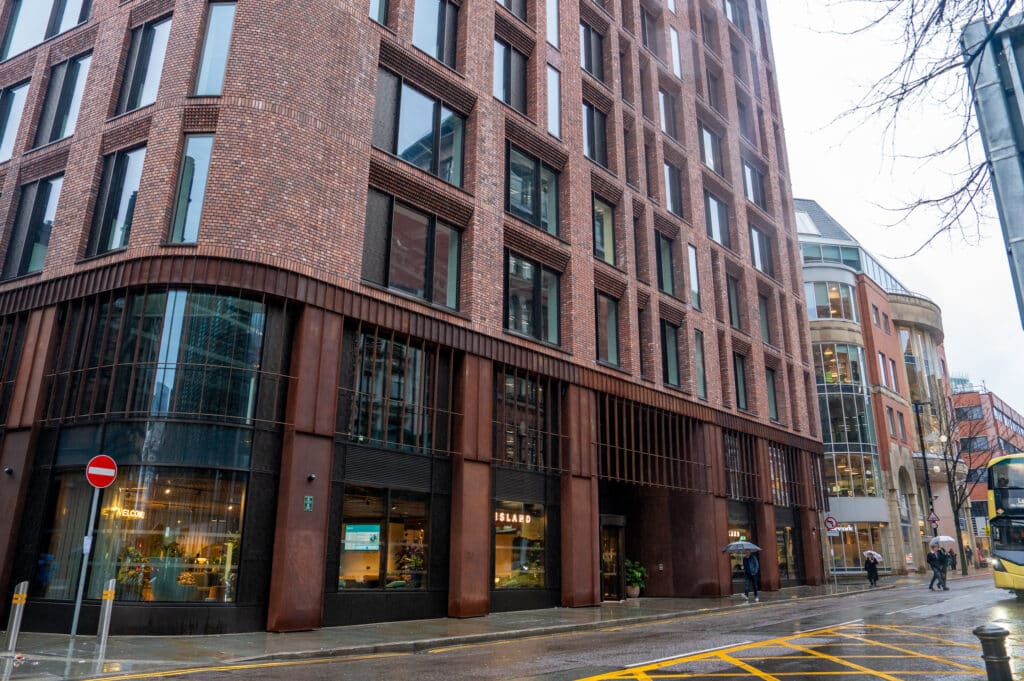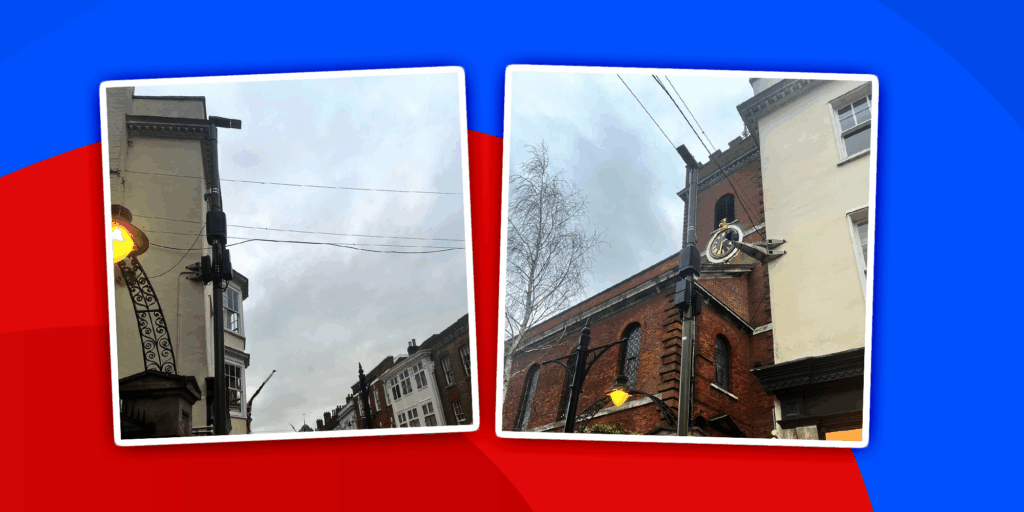- Virgin Media O2 is using satellite technology to boost mobile services in the country’s most remote locations
- The operator is working with satellite provider, Starlink, across the UK to accelerate its plans to boost signal in rural areas as part of the Shared Rural Network programme
- Starlink’s network of low-earth orbit satellites will carry data to and from mobile phone masts which are unreachable with traditional fibre optic cables, helping tackle not-spots and ensure that more rural communities can access reliable mobile connectivity
- The technology could also be used to maintain services during emergencies or exceptional events, such as disaster recovery scenarios
Virgin Media O2 is using Starlink’s Low Earth Orbit satellite technology to provide mobile backhaul for some of the country’s most remote locations to accelerate its Shared Rural Network (SRN) rollout.
The operator has already deployed the Starlink mobile backhaul solution to sites in the Scottish Highlands which are extremely difficult, prohibitively costly or impossible to connect using standard technologies such as fibre or microwave connections.
Typically, mobile phone masts require a fibre cable to carry calls, SMS and data to and from the phone mast – a connection known in the industry as ‘backhaul’ – but that is not viable in these extremely remote locations. Instead, a network of low-earth orbit satellites is providing backhaul to the masts, enabling Virgin Media O2 to provide a reliable mobile network to the areas.
The rollout of the satellite connections to these locations follows intensive testing and a recent trial in northern Scotland that proved how satellites can be used to carry mobile traffic to and from mobile masts in remote locations.
This is the latest development in Virgin Media O2’s push to improve mobile signal in rural communities through the Shared Rural Network programme. The operator is already going to extreme lengths to deliver on its commitments, recently using helicopters to deliver its 100th SRN site to the remote Scottish island of Skye.
Virgin Media O2 is also exploring other ways satellite connectivity can benefit its customers in the future, including providing coverage for emergency services and improved mobile connectivity at special events.
This project has been delivered in collaboration with shareholder, Telefónica Global Solutions (TGS), which is an official Starlink reseller.
Jeanie York, Chief Technology Officer at Virgin Media O2, said: “We’re leaving no stone unturned when it comes to improving rural connectivity and are continuously looking for new ways to boost signal in remote areas. Our commitment to delivering on our part of the Shared Rural Network programme has seen us turn first to helicopters and now to satellites to connect some of the most difficult and remote parts of the country. By constantly finding new ways to deliver for our customers, we are bringing reliable mobile coverage to rural communities faster and helping to close the UK’s digital divide.”
press enquiries
press enquiries







